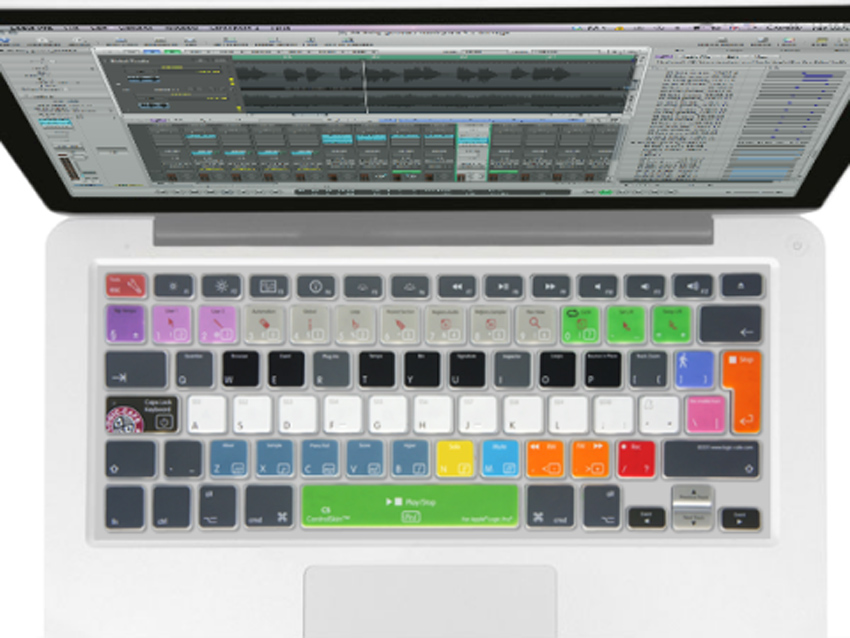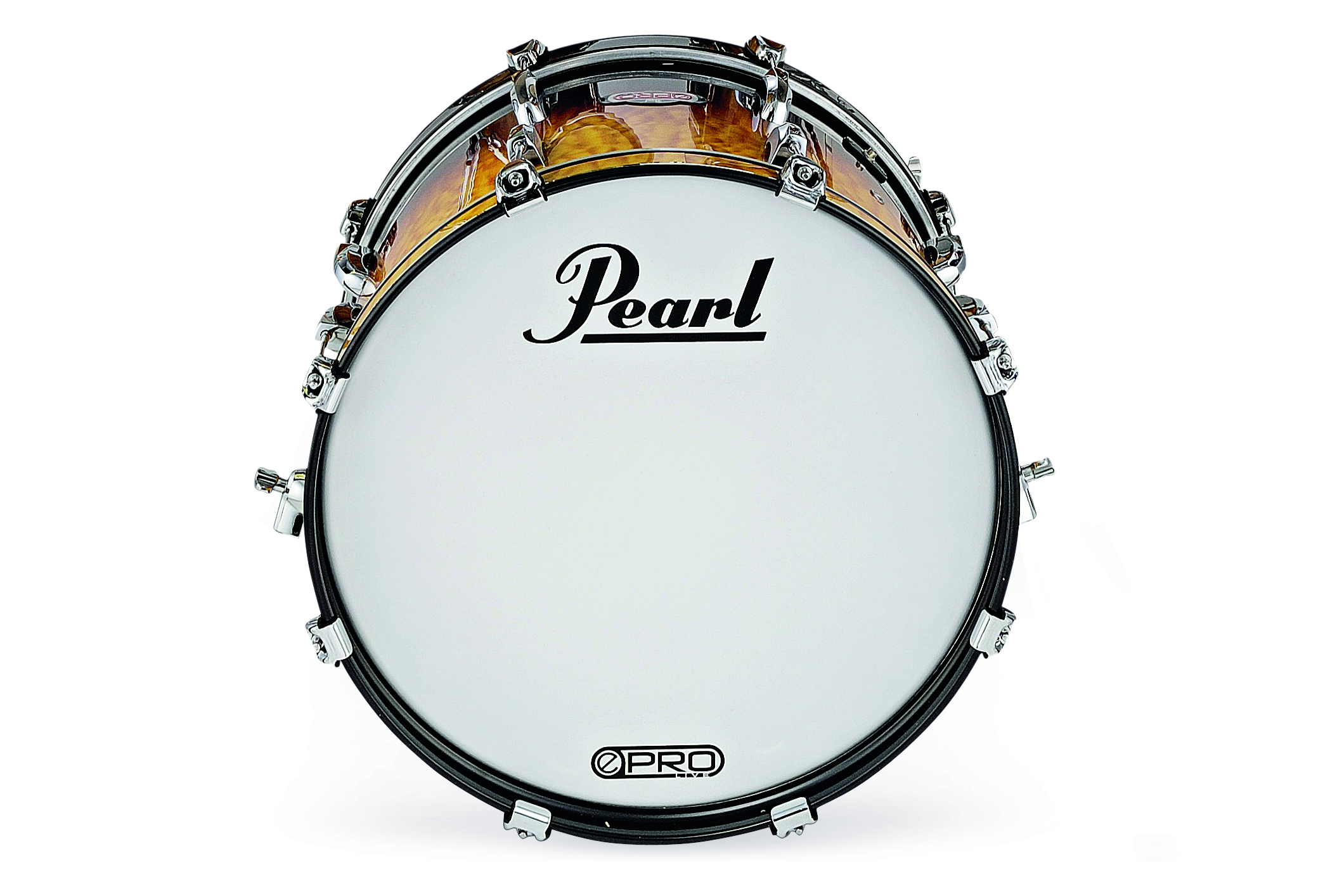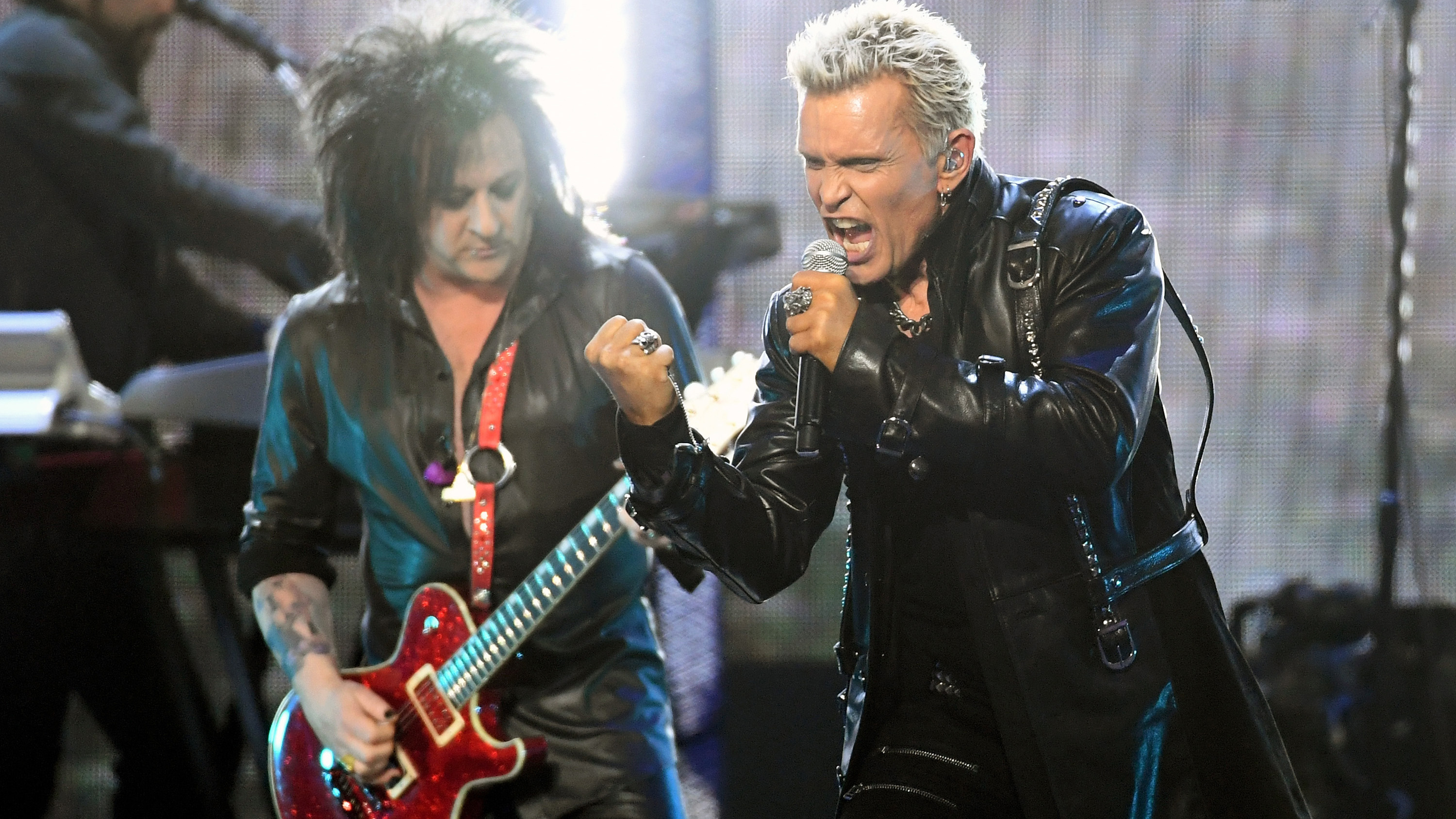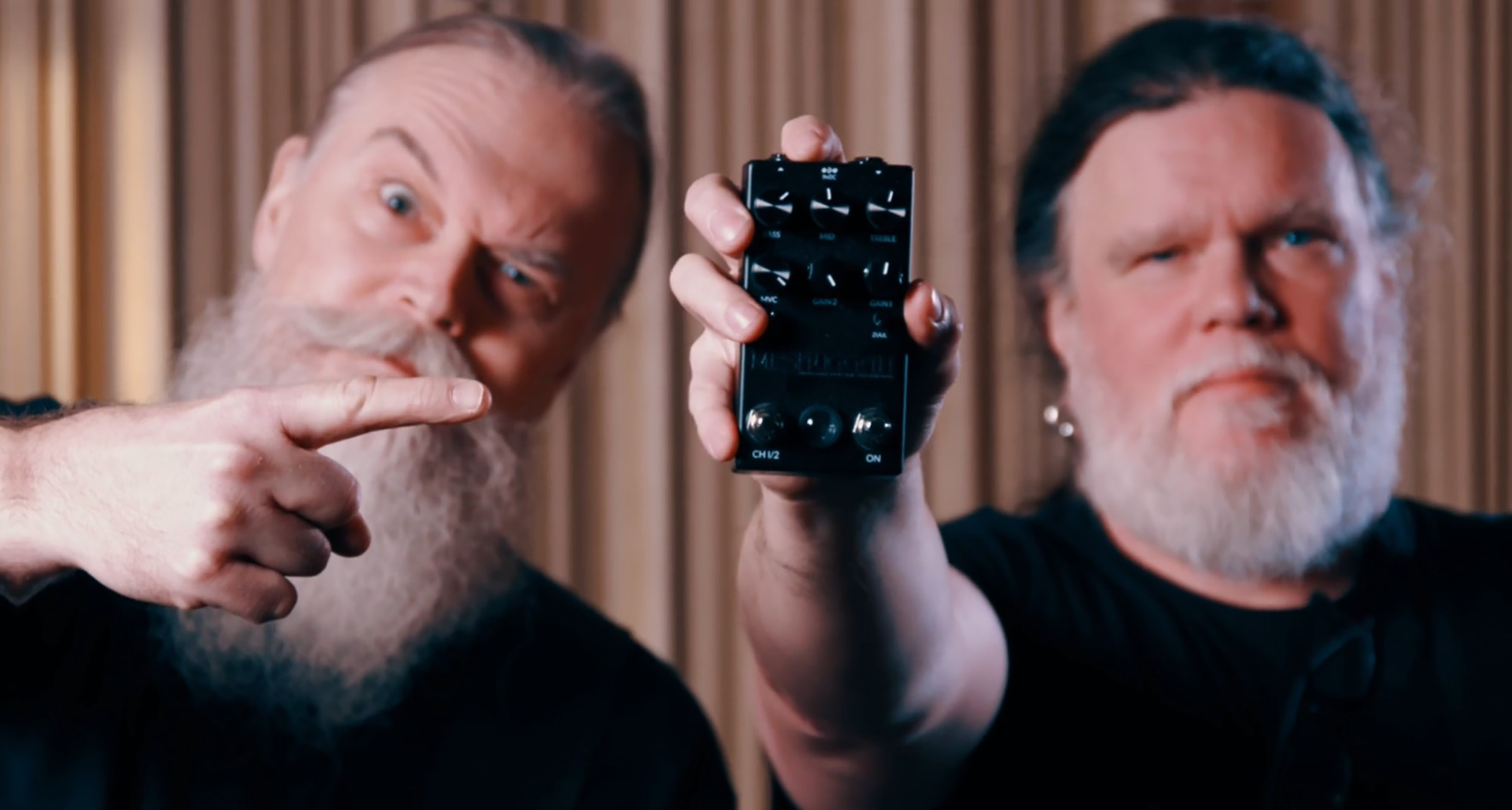The A to Z of computer music: K
Join us in a world of kick drums, keyboards and more

For those illiterate in the industry lingo, we're here to issue some indispensable information on the ins and outs of the tools of the trade.
Key
The key of a piece of music refers to its tonic note and chord - ie, the note and/or triad that sits comfortably as its final melodic/harmonic point - and the scale of notes on which it centres. Although the key of a piece is usually described by its key signature (see below), that's not always an accurate indicator, since keys can change within a piece without the key signature itself changing, through the use of accidental notes (sharps and flats). Also, keys are major or minor, which isn't represented in the key signature - for example, the keys A minor and C major use the same key signature but, of course, are based on different tonic notes/chords.
Key signature
On a musical stave, the series of sharps or flats immediately to the right of the clef indicate which white (natural) notes should be sharpened (raised to the next semitone up) or flattened (lowered to the next semitone below) throughout the piece, or until a new key signature is encountered within it. The key signature is simply a guide that does away with the need to notate individual accidentals for every sharp or flat note in a piece. Every major and minor key has a related key signature, although as mentioned above, the key signature doesn't necessarily tell you what key you're in.
Keyboard (QWERTY)
The main method of data entry for computers, the QWERTY keyboard is ubiquitous in both physical and virtual touchscreen form. Most DAWs let you use the QWERTY keyboard as a musical keyboard, typically with the top two rows of letters generating MIDI note data in a layout as close as possible to the black and white keys of a music keyboard, and the bottom row enabling down/up adjustment of octave range and velocity. Use of the QWERTY keys for note entry/playing harks back to trackers, some of which were entirely keyboard controlled.

Keyboard (MIDI)
While any modern synthesiser or digital piano can output MIDI data, the MIDI keyboard as we generally think of it today is a 'dumb' device with no onboard sounds of its own - a piano-style keyboard that connects to a Mac, PC, iPad, etc, via USB and sends MIDI note and controller data to the DAW and any virtual instruments running on it. Many MIDI keyboards also feature jack inputs for connecting sustain and expression pedals, as well as a variety of controller knobs, faders and buttons, blurring the line between them and their control surface cousins. A truly enormous range of MIDI keyboards is available at prices to suit all budgets, from two-octave microkeyboards designed for use on the go, through aftertouch-enabled, feature-packed home studio hubs to impressive full-on 88-key hammer-action performance instruments.
After the computer, DAW, audio interface and monitor speakers, the next thing on any newbie computer musician's shopping list should be a MIDI keyboard.
Keying
The external signal entry point on the sidechain of a dynamics plugin (or hardware device) is called the key input, and it's one of the most useful components in any compressor or gate. When a signal is detected at the key input, it's used instead of the actual source signal to control the action of the compressor, which is still applied to the source. Depending on the plugin, the key may be mixable with thesource or not present at the output. Keyinghas all manner of well established corrective and creative applications, from de-essing, to ducking a bassline out of the way of a kickdrum, to rhythmically gating a pad soundand many more.
Get the MusicRadar Newsletter
Want all the hottest music and gear news, reviews, deals, features and more, direct to your inbox? Sign up here.
Kick drum
Aka bass drum, the kick is the big, 'sideways' drum at the front of the drum kit, played via a footpedal (hence the name) and - in very general terms - used to emphasise the first and third beats of the bar while the snare pounds out the backbeat (beats two and four). In house, techno and many other dance styles, the kick drum plays on all four beats of the bar - the famous 'four-to-the-floor' rhythmic standard.
Of course, kick drum sounds don't actually have to come from kick drums, and inelectronic music, they're frequently generated by drum machines, synths and processed samples rather than the real thing, most often resulting in a synthetic, larger-than-life sound. If the drums are the bedrock of any track, then the kick drum is the mantle that lies below it - while many tracks featuring drums will still sound relatively coherent with the snare drum removed, few can lose the kick without coming across as decidedly flaccid.

Kilohertz (kHz)
Defined as "the number of cycles per second of a periodic phenomenon", the hertz (named after the physicist Heinrich Hertz) is the unit of frequency in the International System of Units (SI). Kilohertz are simply "thousands of Hertz", so rather than describe the sampling frequency of a CD-quality waveform as 44,100Hz, for example, we would generally say 44.1kHz. The pitch of a soundwave is defined by its frequency in Hertz/Kilohertz, as are many other things, including digital clock speeds, EQ and filter frequencies, oscillator rates and more.


Computer Music magazine is the world’s best selling publication dedicated solely to making great music with your Mac or PC computer. Each issue it brings its lucky readers the best in cutting-edge tutorials, need-to-know, expert software reviews and even all the tools you actually need to make great music today, courtesy of our legendary CM Plugin Suite.










